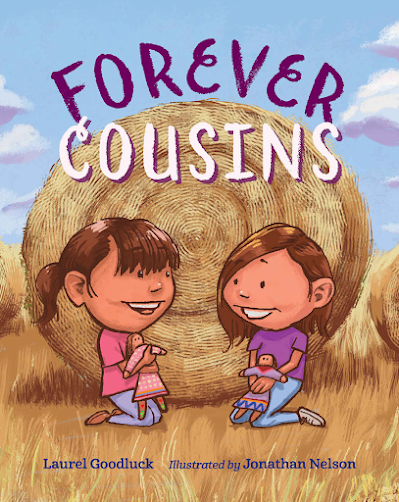I read Because of Winn Dixie at some point and had positive feelings about it. More recently I realized that it featured Gone With the Wind. And so, on June 17, 2016, I added it to my page, Books that Reference Racist Classics. And then in 2021 I learned that you had removed Gone With the Wind from your book. That was a good decision. I assume you had engaged in conversations with people who asked you to reconsider using it.
[T]hank you, Mrs. Boyette, for reading Island of the Blue Dolphins to our second grade class.
I appreciate the thorough analysis that @debreese has done here. As an Aleut person, I can say that the inaccuracies depiction of Aleut people in this book meant that non-Indigenous people said a lot of painful and ignorant things to me, especially as a kid.
I was a kid growing up in a white rural town in Pennsylvania, and usually ours was the only Native family in the community. I attended a school that had multiple copies of this book in classrooms, the library. I remember there even being a door display of this book.
So I grew up in a white community that only knew of Aleuts (Unangan) from this book.
I was taunted for it. I was asked by children and teachers to explain why Aleuts were “so mean.” And no matter what I said about my family, especially my grandmother, it wasn’t believed.
The book was believed over my real-life knowledge of Aleut people.
Fictionalizing an Indigenous community to make them the violent device of your plot line is a totally settler thing to do. O’Dell had no business writing a word “about” our people.
The book says nothing about us. Like Gerald Vizenor’s analysis of the figure of the ‘indian,’ it says more about the violent preoccupations of the settler, and says nothing about Unangan.
The last thing that I will say is that when I think about colonial violence that Aleut people were *actually* experiencing in their/our homelands in the time period that the book was set, it makes me doubly angry about the falsehoods depicted in this book.
But that would never be a best seller.
Would you please revise your post, asking teachers not to read Island of the Blue Dolphins aloud, and tell them why they should not? Being able to tell them why they should make a different choice will mean that you need to read my critique. Revising your public remarks about the book is important. You would take a leadership role in doing so. You could speak about this at conferences. You and other writers with large followings could be a force for change!
When I talk to kids about writing, I tell them that one of the most important tools a writer can cultivate is their ability to listen to other people—to be curious about what other people think, and why.Last week on this page, I wrote about the powerful experience of having a teacher read a book aloud to a class.
I thanked my second-grade teacher for reading us Island of the Blue Dolphins.
After that post, Dr. Debbie Reese, founder of American Indians in Children’s Literature, wrote to tell me about how and why Island of the Blue Dolphins has caused pain.
I read her letter and her article on Island of the Blue Dolphins and what I thought was: EVERYONE needs to read this, so I’m posting her letter here.
Thank you, Dr. Reese.
I wish Mrs. Boyette had had the chance to read this letter, to know these things.
And I am grateful to her for reading aloud to second-grade me.



